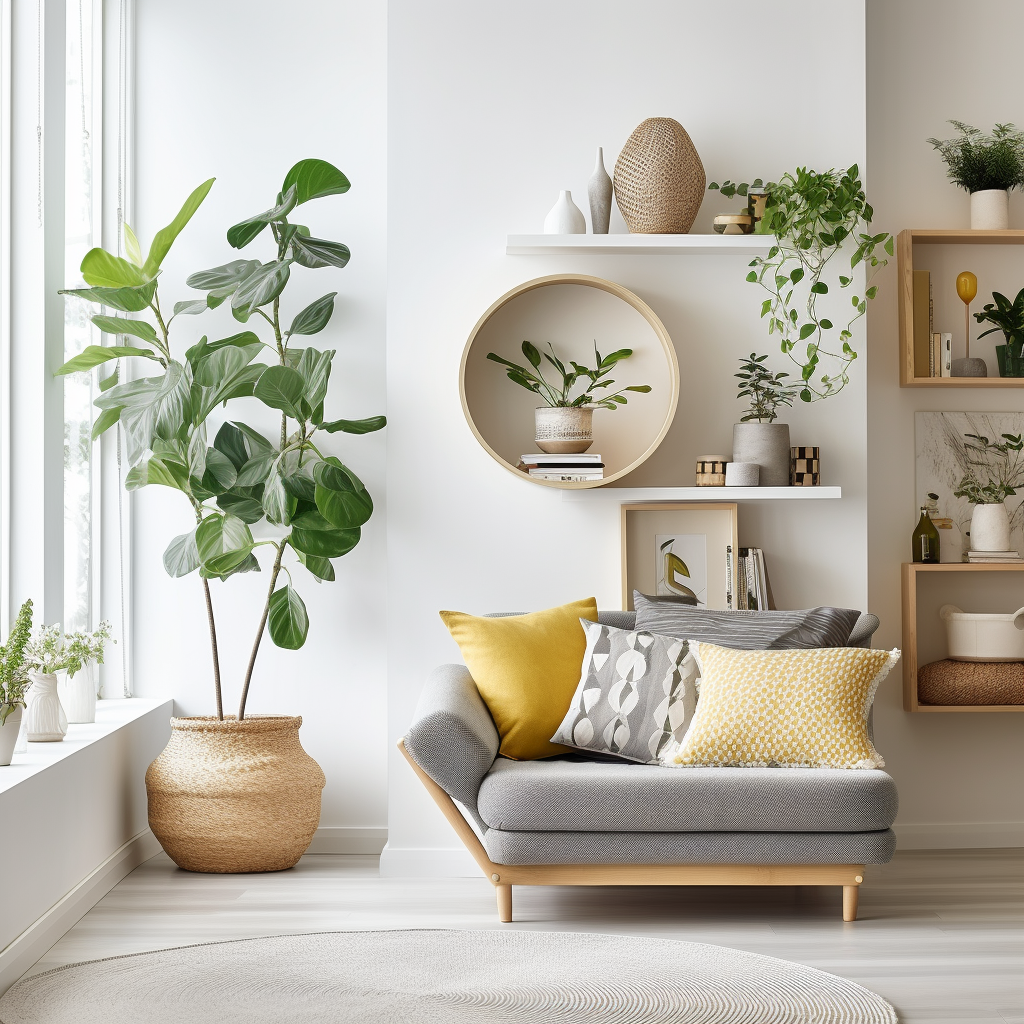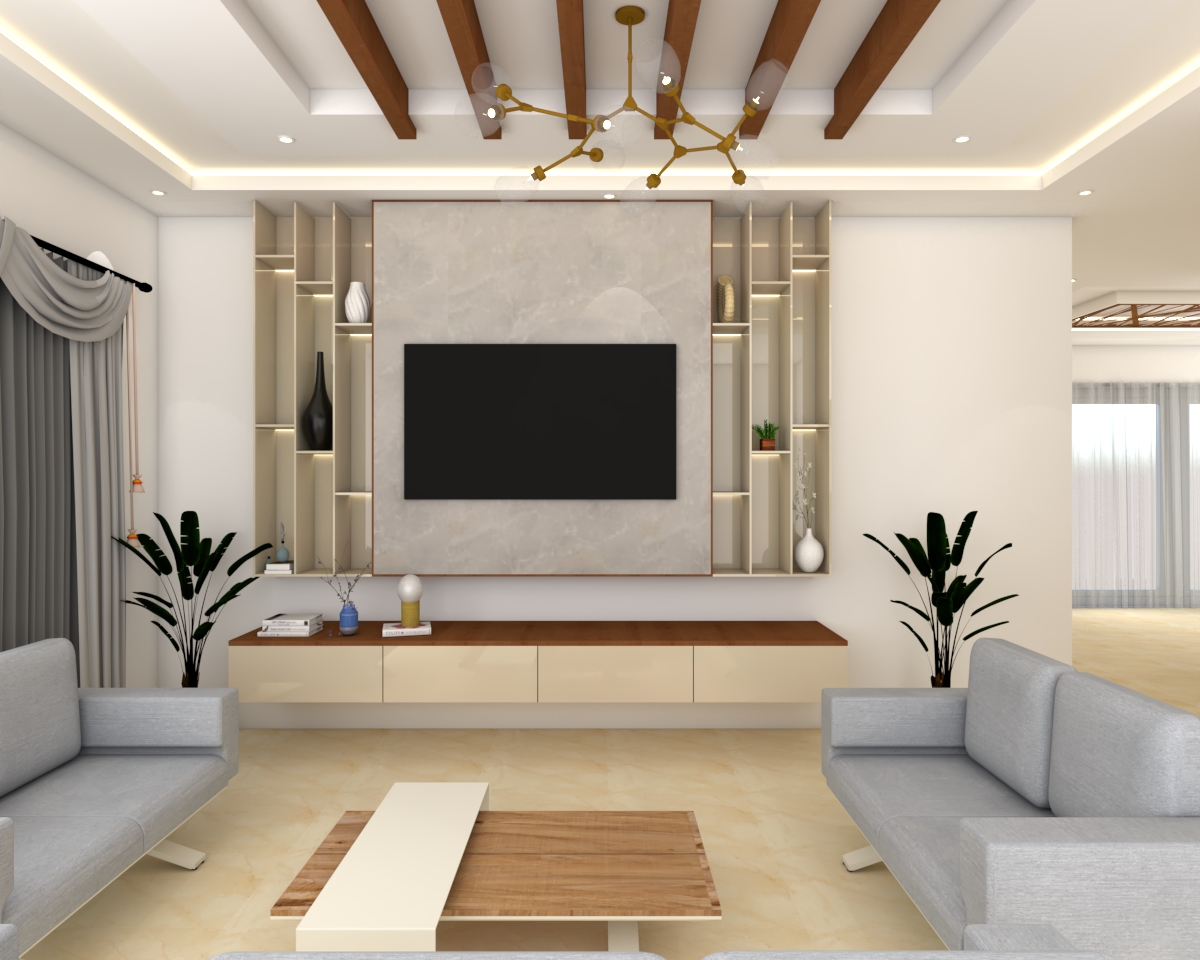Explore Innovative Solutions in Interior Architecture Miami
Explore Innovative Solutions in Interior Architecture Miami
Blog Article
Why Understanding the Principles of Inside Design Is Crucial for Effective Area Preparation
Understanding the concepts of interior style is basic to effective area preparation, as it lays the groundwork for creating atmospheres that integrate performance with aesthetic allure. Necessary elements such as balance, circulation, and percentage are not simply attractive considerations; they are essential in maximizing just how a space is used. When these concepts are attentively used, the result is an environment that urges both performance and wellness. Yet, many neglect exactly how these ideas link with sensible applications, leading to missed chances in style efficiency. Discovering this link exposes understandings that can transform any space.
Value of Space Planning
Room preparation is an essential aspect of indoor layout that significantly affects the performance and aesthetics of a room. It includes the tactical arrangement of furnishings, fixtures, and building aspects to enhance using available room while improving the overall customer experience. Effective room planning addresses various aspects, including flow, access, and the certain needs of the owners.
One of the key benefits of room planning is its capacity to enhance spatial performance. Interior design Miami. By attentively organizing a format, designers can make certain that every area offers a purpose, minimizing clutter and promoting a feeling of order. Additionally, correct space preparation cultivates a harmonious atmosphere, permitting seamless activity and interaction within an area
In addition, successful area preparation considers all-natural light, sightlines, and the partnership between different locations. This all natural method not only boosts the visual charm yet also adds to the health and productivity of the residents. Eventually, a well-executed room strategy is important in producing a well balanced and welcoming atmosphere, making it crucial for any interior decoration job.
Trick Concepts of Interior Decoration

One essential concept is balance, which can be in proportion, unbalanced, or radial. Symmetrical balance produces a feeling of order, while unbalanced equilibrium provides a much more vibrant aesthetic allure. An additional vital concept is percentage and scale, making sure that the dimension of furnishings and style elements relate harmoniously to every various other and the total space.
Shade concept also plays a considerable function, influencing state of mind and assumption. Developers make use of shade schemes to evoke specific feelings and enhance the spatial experience. Additionally, the principle of rhythm involves creating a feeling of activity via rep of colors, shapes, or patterns, directing the eye throughout the area.
Finally, the concept of focus directs focus to centerpieces, enabling a clear story within the style. Interior design Miami. By adhering to these vital concepts, interior designers can create settings that not just satisfy functional requirements yet likewise resonate with the occupants on a psychological degree
Effect On Functionality and Flow

The setup of furnishings, the choice of materials, and the assimilation of modern technology all play essential duties in accomplishing ideal performance. Positioning seating locations in distance to work areas can facilitate interaction and collaboration, therefore improving productivity. In addition, guaranteeing that paths are clear and unhampered permits for efficient activity, decreasing blockage and promoting an all-natural flow throughout the area.
Furthermore, including elements such as lights and color can additionally aid in delineating locations, making it easier for people to navigate their atmosphere. Thoughtful room planning takes into consideration not only the physical elements of layout but likewise how users communicate with their environments. Eventually, a focus on capability and flow not just improves the individual experience yet also raises the total effectiveness of the area, developing an environment that satisfies the demands of its occupants while fostering a feeling of consistency and equilibrium.
Enhancing Appearances and Mood
Three crucial elements-- texture, lighting, and color-- play essential duties in boosting the aesthetics and mood of an interior space. Color establishes the emotional tone; warm hues like reds and oranges evoke energy and warmth, while cooler shades such as blues and eco-friendlies promote calmness and serenity. Choosing a harmonious color palette can change a room, developing a natural and aesthetically attractive environment.
Texture includes deepness and passion, adding to the tactile experience within a room. A mix of textures-- smooth surface areas, luxurious materials, and natural materials-- can develop aesthetic intrigue and improve comfort. Pairing a soft velour couch with a smooth glass coffee table can create a well balanced aesthetic that invites communication.
Lighting, often a forgotten element, significantly effects mood. Natural light fosters an open, ventilated environment, while purposefully put fabricated illumination can develop warmth and emphasize building features. Dimmer buttons enable adaptability, permitting modifications to match various tasks or times of day.
Incorporating these three components attentively not only raises the aesthetic allure of a space however additionally grows an atmosphere that reverberates with its desired purpose, eventually improving the total experience for its residents.
Practical Applications in Reality
Using interior design concepts in the real world needs a thoughtful technique that incorporates shade, texture, and illumination into day-to-day rooms. By understanding how these components why not look here collaborate, individuals can produce settings that are not just aesthetically appealing but also practical and harmonious.
For example, in a tiny living location, using a light color combination can make the area feel larger and a lot more open. Strategic usage of mirrors can boost all-natural light and produce an impression of deepness. Including different structures with textiles, such as rugs and pillows, can add warmth and interest without overwhelming the senses.
Lights plays an important function in specifying the atmosphere. Split lighting, including ambient, job, and accent alternatives, permits adaptability in state of mind setups. In an office, for instance, a combination of all-natural light, workdesk lamps, and attractive components can enhance efficiency while maintaining an inviting atmosphere.
Additionally, understanding spatial connections and furniture plan can bring about enhanced performance. By adhering to concepts such as equilibrium and proportion, one can ensure that spaces serve look at this now their designated purpose while continuing to be visually pleasing. Overall, functional applications of interior decoration concepts significantly boost the livability and appeal of any kind of atmosphere.
Conclusion
To conclude, comprehending the principles of interior decoration is crucial for reliable space preparation, as it promotes an equilibrium between capability and visual appeals. By using essential principles such as proportion, color concept, and flow, developers can create settings that enhance both use and visual charm. Ultimately, this understanding adds to the advancement of rooms that not only satisfy sensible demands however additionally elevate the general ambience, resulting in even more enjoyable and effective experiences for individuals.
Recognizing the principles of interior layout is fundamental to effective area planning, as it lays the foundation for developing environments that balance capability with aesthetic appeal.Area preparation is a basic facet of interior design that substantially influences the capability and aesthetic appeals of a room. In addition, proper space planning promotes a harmonious atmosphere, permitting for smooth activity and communication within a room.
Additionally, the principle of rhythm entails creating a sense of movement through repetition of colors, hop over to these guys shapes, or patterns, assisting the eye throughout the room.
In verdict, recognizing the concepts of indoor layout is critical for reliable room preparation, as it promotes a balance between functionality and aesthetic appeals.
Report this page